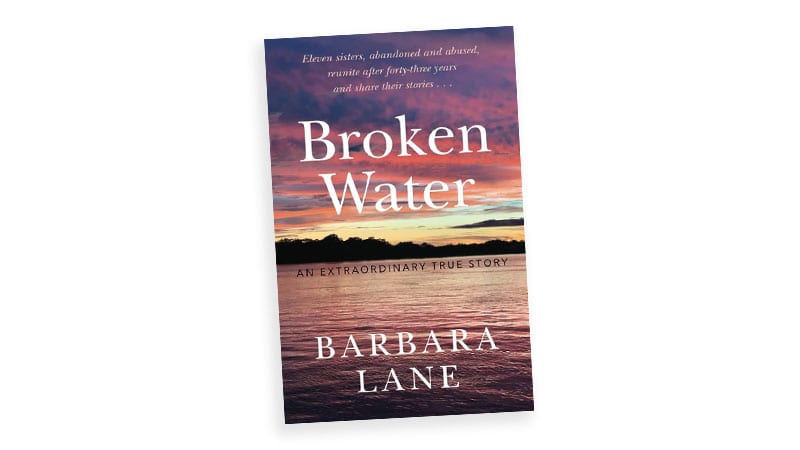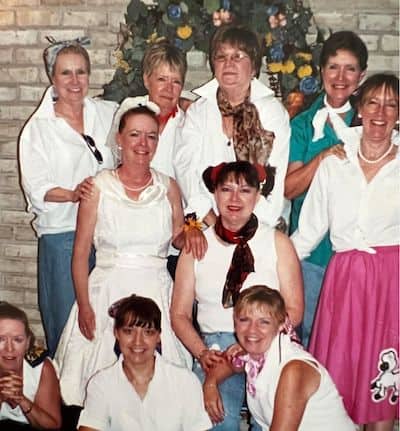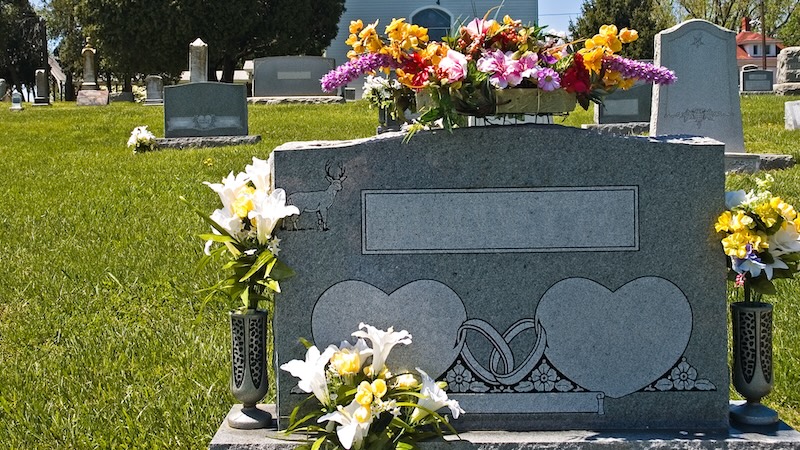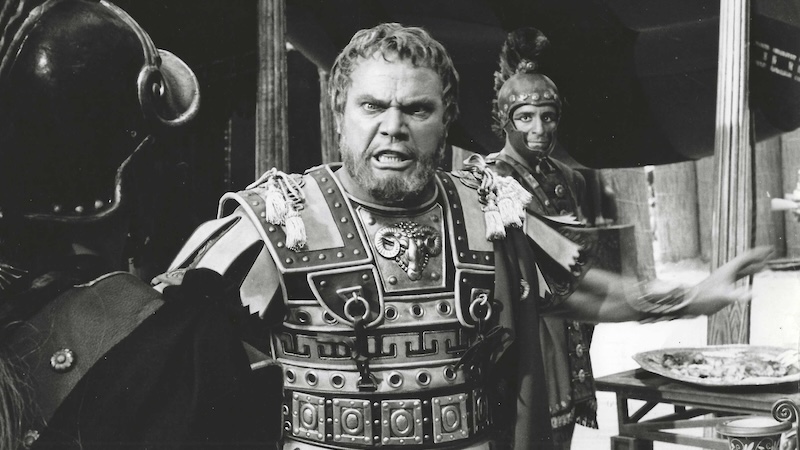Radical Hope and Boomer Music
Why the baby boomer generation has the best music

Eleven sisters, abandoned and abused, reunite after 43 years. One of those sisters, Barbara Lane, tells the story in her book, “Broken Water: An Extraordinary True Story,” infusing a tragic true story with hope. Lane provides an overview of the sisters’ story, wrapping it with the baby boomer music of their youth.
I am one of the estimated 78.3 million Americans born between 1946 and 1964: the baby boomer generation. I came into this world in 1951, born the ninth of 11 sisters. While large families were the norm in those days, an all-girl family was not.
The end of World War II ushered in the great boom. As war veterans returned home, the economy boomed, young marriages boomed, housing boomed, and the size of the nuclear family boomed. Families migrated toward the new suburban lifestyle, purchasing economical tract homes built en masse to live a dream life that included the picture-perfect family. The era of the gray flannel suit and a loving mother wearing pearls all contributed to the keeping up with the Joneses mentality. It was in such a home that my sister Kay and I were raised — a two-bedroom bungalow — a home where projections of a picture-perfect family covered the reality of our daily experience of violence and abuse while we lived in foster care.
I grew up with incredible amounts of fear. It was difficult to survive the home of a mafia grunt, my foster father, but harder still to be separated from nine of my 10 sisters through foster care placements. It saddens me, to this day, to know that we sisters experienced the distinct teen culture of the ’50s and ’60s apart from each other, although several of us weren’t allowed to participate in much of it.
Growing up, I managed to listen to some rock and roll, such as Elvis. Occasionally I heard Little Richard, Fats Domino, and perhaps, Chuck Berry singing on our stereo console before my foster father turned that junk off.
Still, whenever I could get away with it, I would listen to the music contributing to the generation gap on my transistor radio. The music and lyrics of our day helped me maintain hope and a sense of determination that eventually I would get out of the nightmare I lived in.
The radical nature of songs written by artists such as Bob Dylan spoke to me. “The Times, They Are a-Changing” gave me the courage to know I could change things for myself and later help children who suffered under the veiled silence of the projection of the perfect family.
What it was like to grow up in foster care was captured in the words found in Dylan’s song “Like a Rolling Stone.” Sadly, children in foster care today can resonate with these words.
How does it feel?
To be without a home?
With no direction home?
Like a complete unknown?
Like a rolling stone?
Without this music, I don’t know what I would have become. It put words on feelings I could not identify or define.
I carry within me the essence of the baby boomers through the music I listened to. I’m proud of the way we have succeeded in changing the world, especially the music industry. The messages contributed to my drive, passion, and unconquerable spirit and contributed to the roots of my career in ministerial counseling, focusing on families and child abuse.
As a teen, I loved the song “Turn! Turn! Turn!” by The Byrds, inspired by Ecclesiastes 3:1-8. I understood that there was “a time for every purpose under heaven.” Eventually, the time would come when I would leave the abusive home behind and go about the business of finding my sisters. It took 43 years of seasons to come and go before we found each other and an additional 15 years to gather my sister’s stories as told in my memoir, “Broken Water.”
Boomer music and the reunions
 Each sister, I was to find, had a unique memory regarding the demise of our family of origin. Each sister also brought with them a childhood of trauma. Yet each sister displayed tremendous bravery by shattering the secrecy of child abuse and sharing their stories, providing hope and inspiration for future generations of abused children.
Each sister, I was to find, had a unique memory regarding the demise of our family of origin. Each sister also brought with them a childhood of trauma. Yet each sister displayed tremendous bravery by shattering the secrecy of child abuse and sharing their stories, providing hope and inspiration for future generations of abused children.
Once reunited, we recaptured the lost years of our childhood, especially the late ’40s through the late ’60s. We once dressed like housewives of the ’50s, wearing housecoats (dusters) and parading through town. We threw a ’50s dance party for ourselves and wore poodle skirts and ’50s attire. We sang along to doo-wop music such as “In the Still of the Night” (The Tokens) and swing danced with each other, steps we all somehow seemed to know. We dressed as hippies, carefully applying each other’s makeup and sporting headbands and flowers in our hair. We may have struggled in our childhoods, but we are a testament to the fact that you can relive lost childhoods at any stage of your life.
Still, we sisters know firsthand what child abuse is like and the deep silence and secrecy that surrounds it. I often wondered, in my youth, if my sisters were listening to “The Sounds of Silence” by Simon and Garfunkel on their transistor radios at the same time as I, having the same thoughts, and asking the same question. Would someone with radical hope dare disturb the silence?
And in the naked light I saw
Ten thousand people, maybe more
People talking without speaking
People hearing without listening
People writing songs that voices never share
No one dared
Disturb the sound of silence.
“Broken Water: An Extraordinary True Story” by Barbara Lane
Published May 9, 2023


